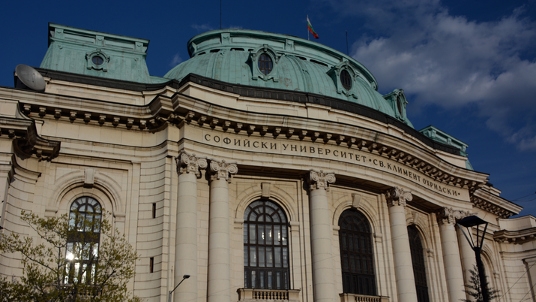Sofia 2024 Call for Papers
Synagogue Life and Rabbinic Texts
From the beginning of the discovery in the early twentieth century of an ever-growing number of late antique synagogues in Palestine and throughout the Greco-Roman Diaspora, the interest of scholars has been drawn to the relationship between the material and epigraphic archaeological evidence, and the contemporary rabbinic literature. Numerous explicit and implied references in rabbinic literature point indeed to the synagogue in its various capacities. These developments have been accompanied by innovative scholarship on the Jewish literary genres generally associated with the synagogue culture, including public prayer, liturgical poetry, and homiletical midrash.
We are interested in papers that combine these different strands and engage with the place of the synagogue in different Jewish communities of Late Antiquity with possible foci on synagogue life, ritual and educational practices associated with the synagogue, leadership, archival functions, art and decoration, architecture, and the interaction between the Rabbis and the synagogues.
